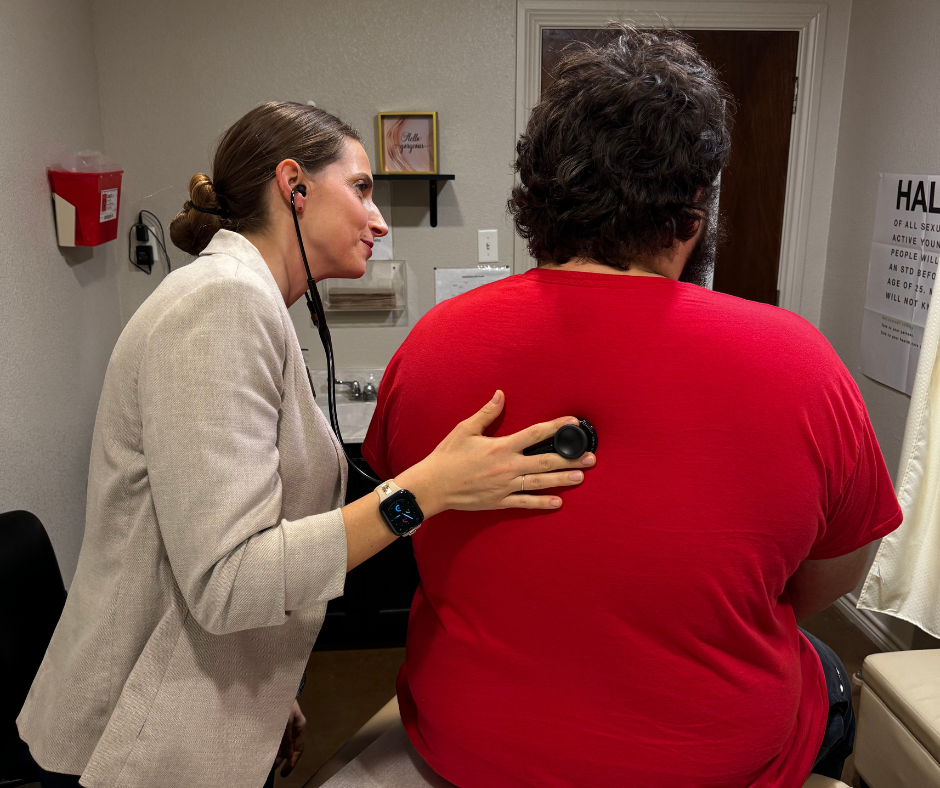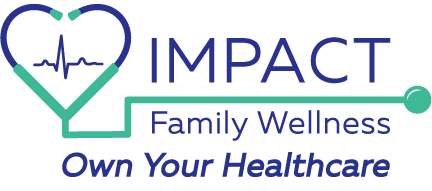Myths about Direct Primary Care
Direct Primary Care (DPC) is a unique healthcare model where providers give their patients the freedom to choose their healthcare providers by removing the hassle that comes with insurance companies.
As with any emerging concept, DPC is surrounded by myths and misconceptions. We are here to help debunk these myths and tell you the truth behind them. Read on to learn
Myth 1: DPC is more expensive than regular insurance
Research shows that if patients added up the cost of their insurance premiums, deductibles, and copays, they would learn that DPC is a much more affordable healthcare option.
While providers prefer this transparent, membership-based model, in which patients or employers pay their doctors directly on a monthly subscription basis, with the consistency of a membership fee, it covers the cost of all doctor visits and most primary care services. Unlike insurance, DPC has no copays during visits and often offers discounts on some services.
In turn, it helps patients avoid unplanned out-of-pocket payments, converting to savings both for patients and companies alike.
Check out the discounted prices we have at the Impact Family Wellness clinic.
Myth 2: With DPC I won't have access to tests and procedures
DPC covers more than consultations, it doesn’t end in writing prescriptions and giving test results. This model of healthcare covers a range of services including, lab tests, medical procedures, monitoring chronic & other conditions, health education, and patient follow-ups. All are accessible to patients of traditional insurance models. DPC providers can be relied on for almost all your needs.
At IFW, our providers offer a range of tests and procedures, which you can see here.
Myth 3: My doctor will be unavailable to me most of the time since only a few doctors use this model
DPC providers have been increasing through the years. As of 2018, there were over 1,265 DPC practices nationwide and 465,000 primary care practitioners in the US.
This model of healthcare is devoid of insurance as less time is spent on filing claims and paperwork. DPC providers devote their time and focus on giving patients quality care through face-to-face time, virtual consultation, telehealth, and 24/7 access to your provider. This results in a strong doctor-patient relationship.
Myth 4: DPC model will not work for me as an employer
Direct primary care is a popular alternative to traditional fee-for-service insurance billing. For small companies, DPC provides healthcare benefits they couldn’t otherwise afford, compared to traditional high-deductible health insurance. They are providing the company with real value and savings.
Employers can also take advantage of the benefits of direct primary care as it's a convenient way to provide quality care, improve employee health and offer a competitive benefit for recruitment and retention. Additionally, employees who make use of their clinic spend less time away from work and are more productive. DPC is a win-win for both employer and employee.
Myth 5: There’s no place for insurance under this model
The Healthcare system today is set up so that every single medical cost goes through insurance, even if it’s smaller, predictable, and frequent. That's not the case for Direct Primary Care as a lot of paperwork and claims don't exist. DPC and insurance work hand in hand.
DPC gives patients who lack insurance and would otherwise have poor care options, access to quality healthcare. Research shows that most DPC providers care for more patients who have no insurance than they did when practicing in the traditional fee-for-service model!
DPC doesn’t attempt to replace the appropriate role of insurance, but rather it enhances service and access to primary care, the foundation of a well-functioning healthcare system.
Myth 6: DPC and Concierge medicine is the same & only for the rich
According to the Direct Primary Care Coalition, there are DPC services in 48 states and over 450,000 patients. This is proof that DPC caters to the poor more than the rich. People struggling to access quality healthcare and without insurance benefit from DPC.
From the outside looking in, concierge medicine has some similarities with DPC. The main one is that both are membership-based practices that provide personalized access to physicians and high-quality care. However, they differ where concierge medicine physicians charge both the membership fee and the insurance company for visits. According to the Society of Actuaries, a DPC plan provides all-inclusive care ranging from $40-$85 per person per month, with no insurance involved.
Furthermore, concierge practices typically operate on full-year contracts, whereas direct primary care memberships are commonly offered monthly, allowing members to adjust membership easily throughout the year.
There are many myths about the idea of DPC, but it doesn’t mean that everything you hear is accurate. At IFW, we can provide you with membership benefits and can answer any questions you may have about Direct Primary Care.










